| View previous topic :: View next topic |
| Author |
Message |
simple.joy


Joined: 30 May 2022
Posts: 643
|
 Posted: Wed Aug 28, 2024 11:04 pm Post subject: Posted: Wed Aug 28, 2024 11:04 pm Post subject: |
 |
|
simple.joy wrote:
| danfromm wrote: |
P-H Pont's TTH chronology puts the serial number in the late 1940s. Not that old. |
Thank you very much for that! Great to know.
Of course in the grand scheme of things it's not THAT old. But with it's focal length, I would be surprised if there had been more than a handful of similar dedicated macro lenses which came before it. Perhaps one or two in the Leitz Summar, Milar and Zeiss Mikrotar families? I'm not too familiar with that time period. Anything else you can think about?
Reichert had their Polar lenses out for a while at that time but I don't think there's anything close in terms of focal length. (They started at 30 mm, if I'm not mistaken) Was there anything by Meyer or Voigtlaender in that vein? What about manufacturers from France or England?
_________________
---
Manual lens enthusiast
https://www.flickr.com/photos/simple_joy/ |
|
| Back to top |
|
 |
stevemark

Joined: 29 Apr 2011
Posts: 4063
Location: Switzerland
|
 Posted: Thu Aug 29, 2024 1:05 am Post subject: Posted: Thu Aug 29, 2024 1:05 am Post subject: |
 |
|
stevemark wrote:
| e6filmuser wrote: |
| Re: the above remarks about not covering a full frame sensor. My images have not been cropped and they were shot at f8 or f11 |
The TT&H 12.5mm triplet will NOT cover full frame at infinity.
Of course it will cover FF (or even larger areas) if you use it at 4:1 ... 
Similarly, a simple 3.5/50mm Tessar will cover 4x5" large format if you use it for macro photography at 4:1 enlargement.
Is it, therefore, a superwide for LF? Of course not, even though a 90mm or 75 mm Super Angulon is a superwide on 4x5" LF !
Again: The focal length of a lens has nothing to do with its angle of view...
S
_________________
www.artaphot.ch |
|
| Back to top |
|
 |
stevemark

Joined: 29 Apr 2011
Posts: 4063
Location: Switzerland
|
 Posted: Thu Aug 29, 2024 1:06 am Post subject: Posted: Thu Aug 29, 2024 1:06 am Post subject: |
 |
|
stevemark wrote:
| danfromm wrote: |
| stevemark wrote: |
Developped by Horace William Lee of TTH in 1933. Lens section below.
|
1933? Typo for 1893? |
No. 1933 is correct.
S
_________________
www.artaphot.ch |
|
| Back to top |
|
 |
e6filmuser

Joined: 12 Nov 2010
Posts: 858
Location: Reading UK
|
 Posted: Thu Aug 29, 2024 11:27 am Post subject: Posted: Thu Aug 29, 2024 11:27 am Post subject: |
 |
|
e6filmuser wrote:
I was thinking back to when I first tried this lens, 8 years ago. To get it 45mm from the sensor, after shooting at 35mm away, I must have had some tubes. I was never going to find then at short notice. Still seated, I looked to my right. An extension of several tubes was sticking out of a box of mixed hardware. It fitted nicely but placing the lens 50mm from the flanges, so 68mm from the sensor.
This gave a FOV about 3mm wide. So I got out my flash guns and then I needed a subject. You would think that, in a garden with beans and other aphid-prone plants, I wold be able to find plenty. Not one aphid. The only useful, but far from ideal subject was a bramble (blackberry) flower.
I rarely use my A7r3 for macro and find it heavy, such that I am a bit clumsy with it and find it much more difficult to hold the focus than with my m4/3. So my images could have been better.
Looking through the viewfinder, everything was sharp and contrasty. When I looked at the images, the contrast had gone. So I tried again, with the flash units well behind the camera. Not much better. I will have to work on this. Anyway the stereo pair gives an idea of what might be achieved. The lens was set at what I think was f8 but there is no mark to line up with and f11 is very close.
Crosseye stereo.

The spikey sphere is a pollen grain but I don't know if it belongs here. I think it is from a Hybisicus in the next door garden.
Yes, my sensor needs cleaning.
_________________
Dedicated to using manual focus lenses with digital. Equiped for photography from macro to panoramic & from ultra-wide to extreme telephoto. Mostly shooting outdoor macro. Experienced entomological taxonomist. Some knowledge of mushrooms. |
|
| Back to top |
|
 |
simple.joy


Joined: 30 May 2022
Posts: 643
|
 Posted: Thu Aug 29, 2024 10:50 pm Post subject: Posted: Thu Aug 29, 2024 10:50 pm Post subject: |
 |
|
simple.joy wrote:
| e6filmuser wrote: |
I was thinking back to when I first tried this lens, 8 years ago. To get it 45mm from the sensor, after shooting at 35mm away, I must have had some tubes. I was never going to find then at short notice. Still seated, I looked to my right. An extension of several tubes was sticking out of a box of mixed hardware. It fitted nicely but placing the lens 50mm from the flanges, so 68mm from the sensor.
This gave a FOV about 3mm wide. So I got out my flash guns and then I needed a subject. You would think that, in a garden with beans and other aphid-prone plants, I wold be able to find plenty. Not one aphid. The only useful, but far from ideal subject was a bramble (blackberry) flower.
I rarely use my A7r3 for macro and find it heavy, such that I am a bit clumsy with it and find it much more difficult to hold the focus than with my m4/3. So my images could have been better.
Looking through the viewfinder, everything was sharp and contrasty. When I looked at the images, the contrast had gone. So I tried again, with the flash units well behind the camera. Not much better. I will have to work on this. Anyway the stereo pair gives an idea of what might be achieved. The lens was set at what I think was f8 but there is no mark to line up with and f11 is very close.
Crosseye stereo.

The spikey sphere is a pollen grain but I don't know if it belongs here. I think it is from a Hybisicus in the next door garden. |
Very nice shot!
Tried to shoot a flower as well today, even though there isn't much left around here...
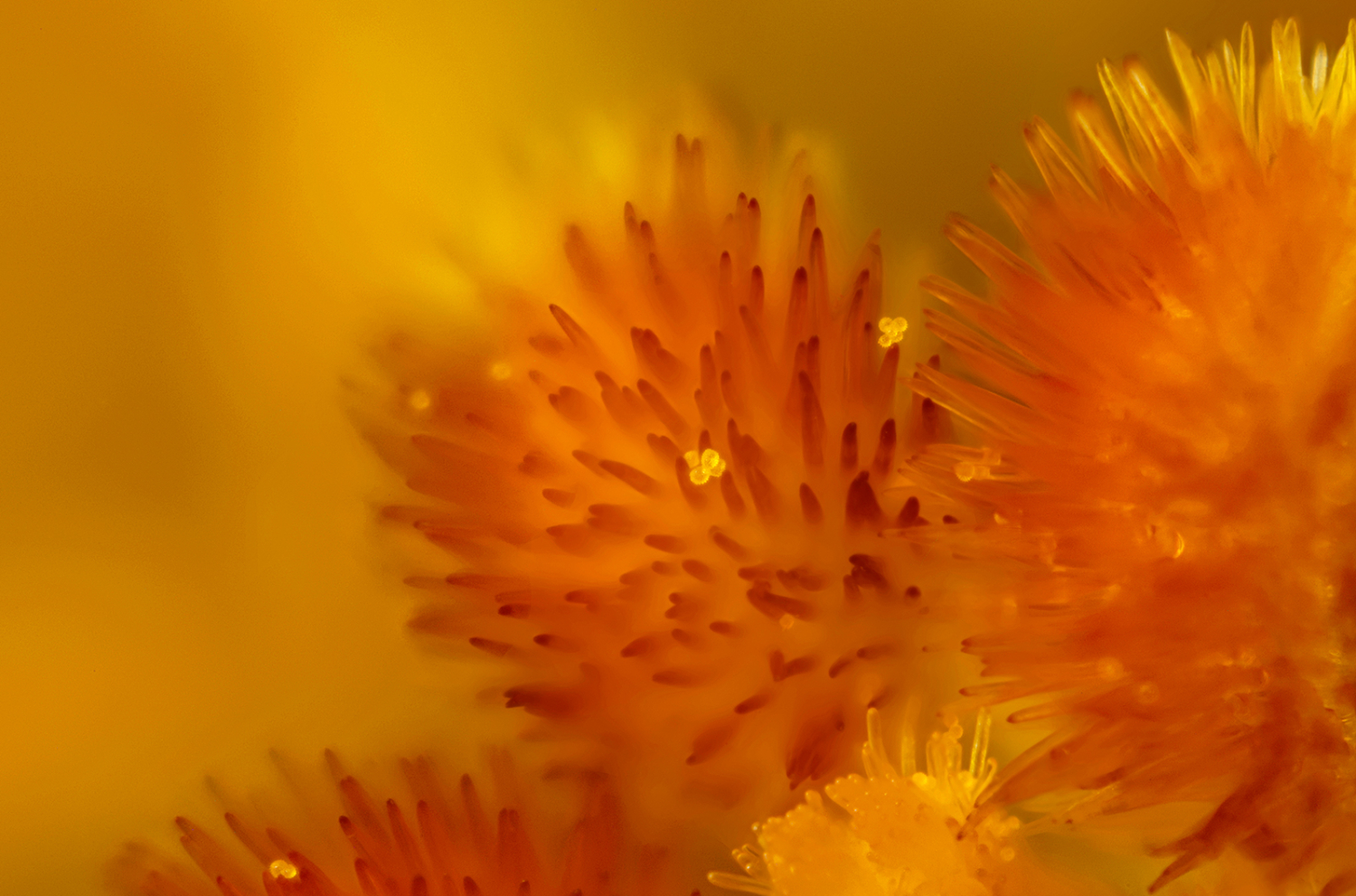
FOV is around 2-3 mm
And here's a crossview stereo image of a leaf structure:
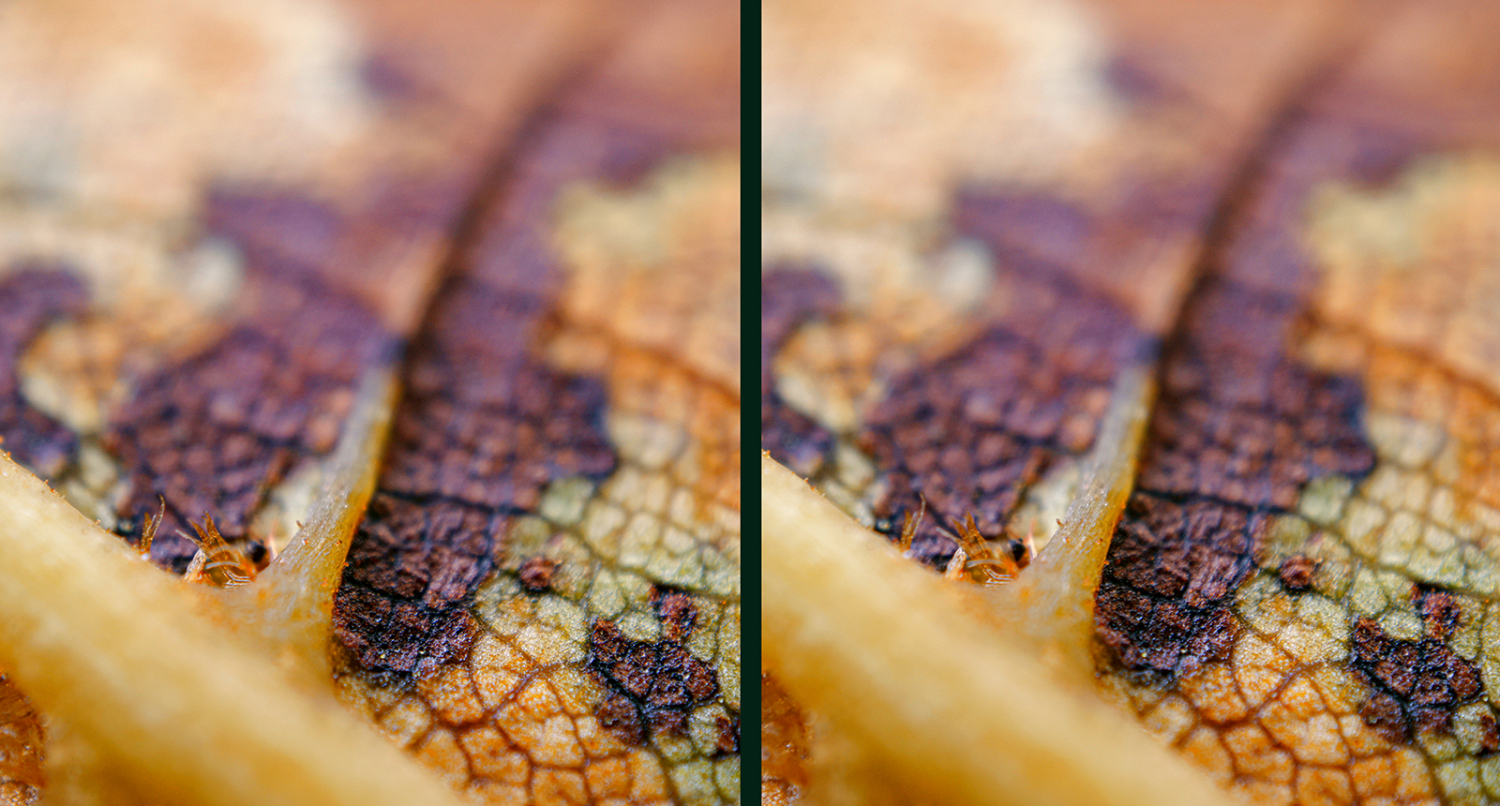
_________________
---
Manual lens enthusiast
https://www.flickr.com/photos/simple_joy/ |
|
| Back to top |
|
 |
e6filmuser

Joined: 12 Nov 2010
Posts: 858
Location: Reading UK
|
 Posted: Fri Aug 30, 2024 1:41 pm Post subject: Posted: Fri Aug 30, 2024 1:41 pm Post subject: |
 |
|
e6filmuser wrote:
I had another session with the above setup but this time with precautions to prevent stray flash light getting into the lens. There is still work to be done, including using f11 instead of f8, as I struggle to get the DOF.
The images are uncropped, except during auto alignment in Stereo Photo Maker.
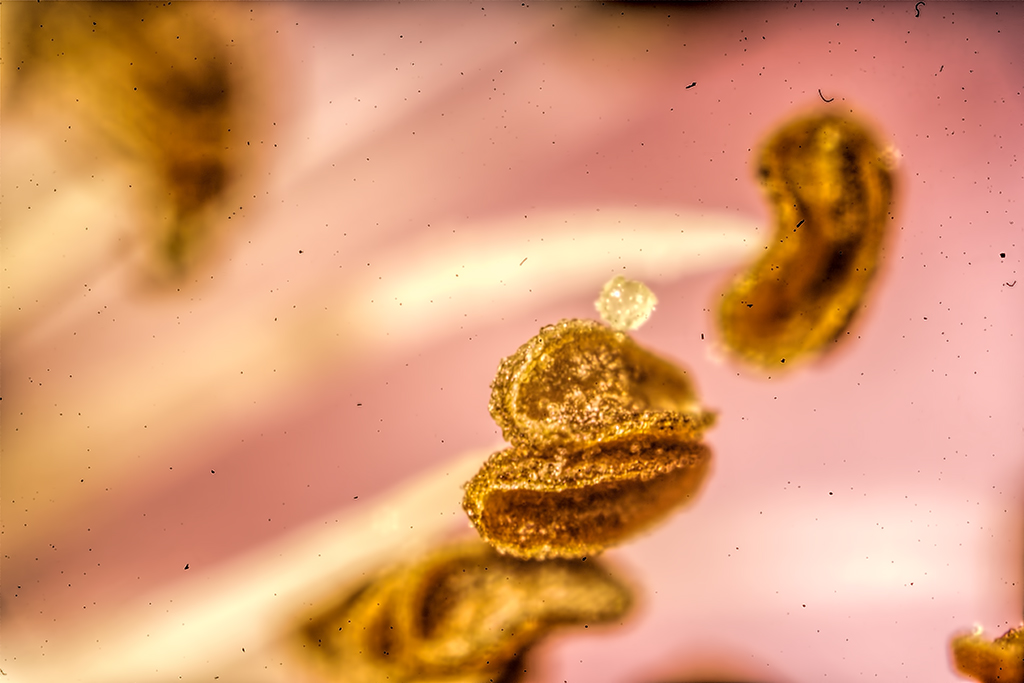
Crosseye stereo:

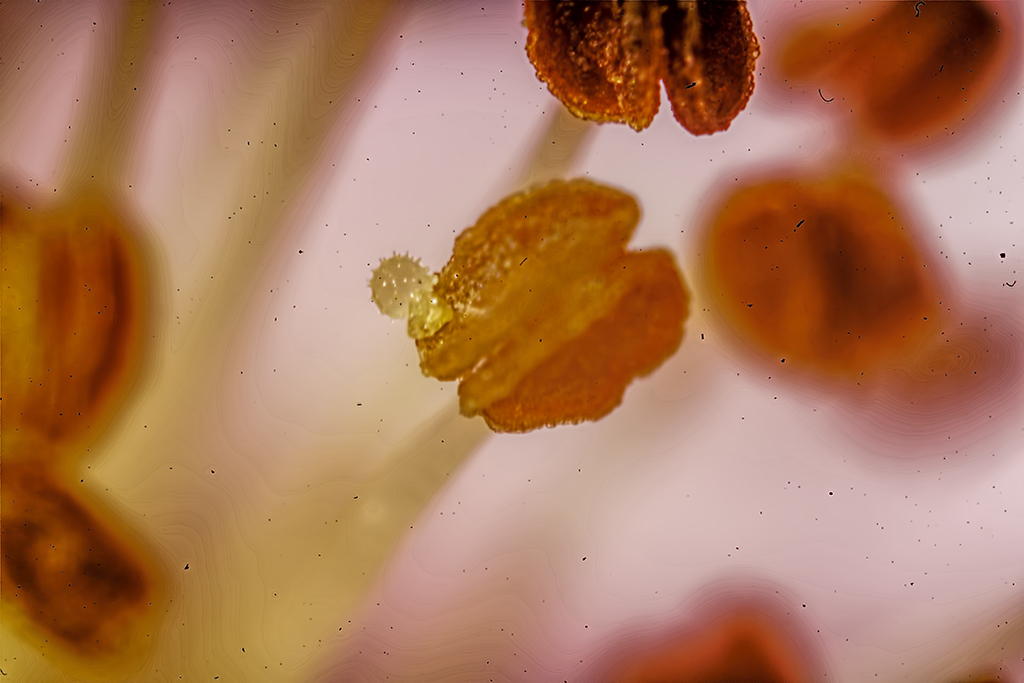
This time I did not remove spots from dust on the sensor.
_________________
Dedicated to using manual focus lenses with digital. Equiped for photography from macro to panoramic & from ultra-wide to extreme telephoto. Mostly shooting outdoor macro. Experienced entomological taxonomist. Some knowledge of mushrooms. |
|
| Back to top |
|
 |
e6filmuser

Joined: 12 Nov 2010
Posts: 858
Location: Reading UK
|
 Posted: Sat Aug 31, 2024 3:17 pm Post subject: Posted: Sat Aug 31, 2024 3:17 pm Post subject: |
 |
|
e6filmuser wrote:
| e6filmuser wrote: |
I was thinking back to when I first tried this lens, 8 years ago. To get it 45mm from the sensor, after shooting at 35mm away, I must have had some tubes. I was never going to find then at short notice. Still seated, I looked to my right. An extension of several tubes was sticking out of a box of mixed hardware. It fitted nicely but placing the lens 50mm from the flanges, so 68mm from the sensor.
This gave a FOV about 3mm wide. So I got out my flash guns and then I needed a subject. You would think that, in a garden with beans and other aphid-prone plants, I wold be able to find plenty. Not one aphid. The only useful, but far from ideal subject was a bramble (blackberry) flower.
I rarely use my A7r3 for macro and find it heavy, such that I am a bit clumsy with it and find it much more difficult to hold the focus than with my m4/3. So my images could have been better.
Looking through the viewfinder, everything was sharp and contrasty. When I looked at the images, the contrast had gone. So I tried again, with the flash units well behind the camera. Not much better. I will have to work on this. Anyway the stereo pair gives an idea of what might be achieved. The lens was set at what I think was f8 but there is no mark to line up with and f11 is very close.
Crosseye stereo.

The spikey sphere is a pollen grain but I don't know if it belongs here. I think it is from a Hybisicus in the next door garden.
Yes, my sensor needs cleaning. |
I have identified the cause of the lack of contrast in these images compared with those of the slime moulds (page 1). I suspected that, in spite of my precautions for the latest session, some flash light was getting into the lens. It seems that the A7r3 camera can recognise this. I often use Fast Stone Image Viewer to check the EXIF of images. For the 2016 slime mould images it says "Flash compulsory, no strobe return". For the recent flower parts and pink slime mould images it says for all of them ""Flash compulsory, strobe return". So I can work on that.
it would have been good if my m4/3 EM-1 did the same.
_________________
Dedicated to using manual focus lenses with digital. Equiped for photography from macro to panoramic & from ultra-wide to extreme telephoto. Mostly shooting outdoor macro. Experienced entomological taxonomist. Some knowledge of mushrooms. |
|
| Back to top |
|
 |
danfromm

Joined: 04 Sep 2011
Posts: 595
|
 Posted: Sat Aug 31, 2024 4:16 pm Post subject: Posted: Sat Aug 31, 2024 4:16 pm Post subject: |
 |
|
danfromm wrote:
[quote="simple.joy"]
| danfromm wrote: |
| Reichert had their Polar lenses out for a while at that time but I don't think there's anything close in terms of focal length. (They started at 30 mm, if I'm not mistaken) Was there anything by Meyer or Voigtlaender in that vein? What about manufacturers from France or England? |
Hmm. Reichert? Two Neupolars, 100/6.3 (reversed tessar, super lens), 50/3.5 (triplet, middling) and 25/1.9 Dallmeyer Super Six (no idea how good), all photographic objectives for the MeF2 metallograph.
Shortish macro lenses? 40/4.5 Beck (London) Microstigmar. B&L Micro Tessars, 16/2 and 32/4.5. Tominon 35/4.5, 17/4. These off the top of my head, I haven't checked Klaus' site as on archive.org.
Also from Leiss, Zitz, Nikon and Olympus. |
|
| Back to top |
|
 |
simple.joy


Joined: 30 May 2022
Posts: 643
|
 Posted: Sun Sep 01, 2024 12:29 am Post subject: Posted: Sun Sep 01, 2024 12:29 am Post subject: |
 |
|
simple.joy wrote:
| danfromm wrote: |
Hmm. Reichert? Two Neupolars, 100/6.3 (reversed tessar, super lens), 50/3.5 (triplet, middling) and 25/1.9 Dallmeyer Super Six (no idea how good), all photographic objectives for the MeF2 metallograph.
Shortish macro lenses? 40/4.5 Beck (London) Microstigmar. B&L Micro Tessars, 16/2 and 32/4.5. Tominon 35/4.5, 17/4. These off the top of my head, I haven't checked Klaus' site as on archive.org.
Also from Leiss, Zitz, Nikon and Olympus. |
Thank you very much! Aren't most (if not all) of the shorter lenses you've mentioned from the 60s or later?
I don't know the B&L Micro Tessar, but the Me F2 and Tominon lenses should have been made quite a bit later (60s in the first case and 70s in the second), or am I missing something?
Zeiss and Leitz - sure, they made a handful of lenses with similar specs.
But Nikon and Olympus? Did they make anything like that in the 1940s? All the high-magnification lenses I know from them came later. The Zuiko Macro 20 mm f/3.5 for example seems to be from the 1970s and Nikons Macro-Nikkor 19 mm as well, if my information is correct.
Minolta made a 12.5 mm Macro lens, but I also doubt it was made anywhere close to the 40s by the look of it.
I don't think the Cooke Special Lens is going to hold up to any of those lenses, but for its time I still find it quite impressive.
_________________
---
Manual lens enthusiast
https://www.flickr.com/photos/simple_joy/ |
|
| Back to top |
|
 |
e6filmuser

Joined: 12 Nov 2010
Posts: 858
Location: Reading UK
|
 Posted: Sun Sep 01, 2024 9:08 am Post subject: Posted: Sun Sep 01, 2024 9:08 am Post subject: |
 |
|
e6filmuser wrote:
I had a third session with flash and a bramble flower and at f11. This one was at a different stage of maturity than the first tow and had no stray pollen from another plant.
I used a matt black background to prevent "strobe return". This worked well for the first half of the session but those of the second half had some "strobe return". The only change was that I used the extra-bright diode torch I use to help frame and focus macro subjects. I knew, from past experience, that pointing the beam at my RC flash units would trigger them but had not idea that reflected light from them might register as strobe.
None of the images had the severe loss of contrast and all could be processed normally for macro.
The following images may have been cropped up to 50% horizontally. The stereos are crosseye.
The first two are with "strobe return". The others are without it.
[url=http://forum.mflenses.com/userpix/20249/big_3613_DSC05766_f11_Crosseye_1200_1.jpg]
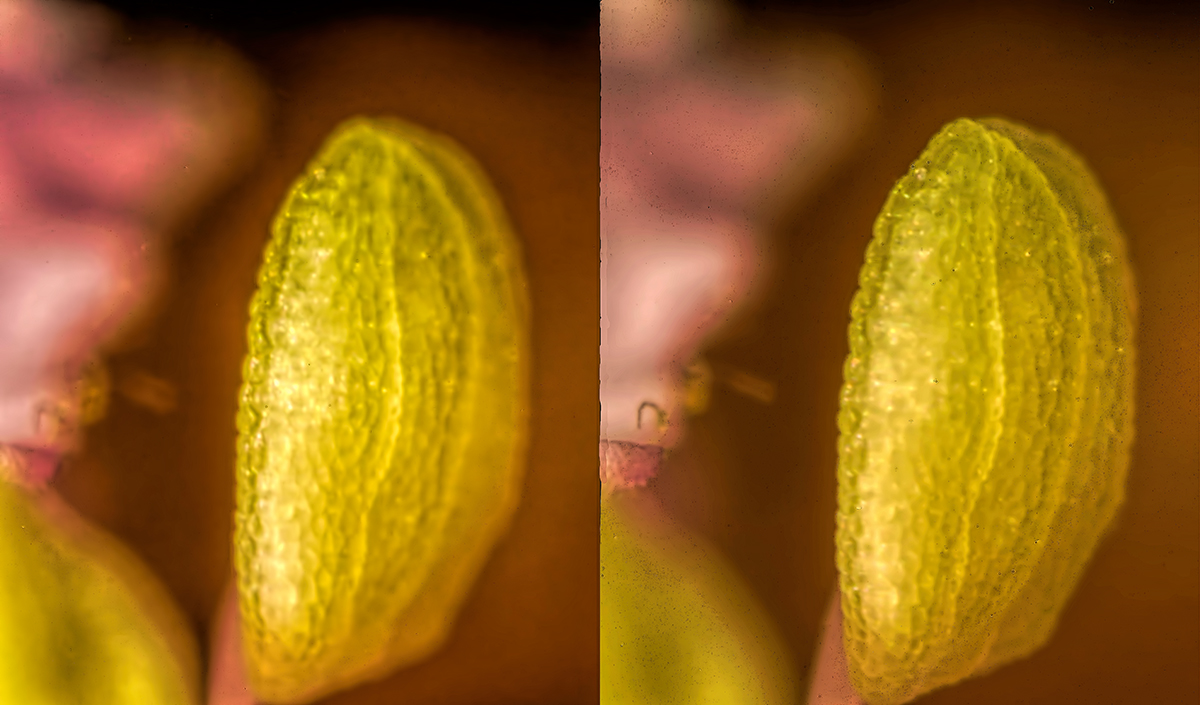 [/url] [/url]
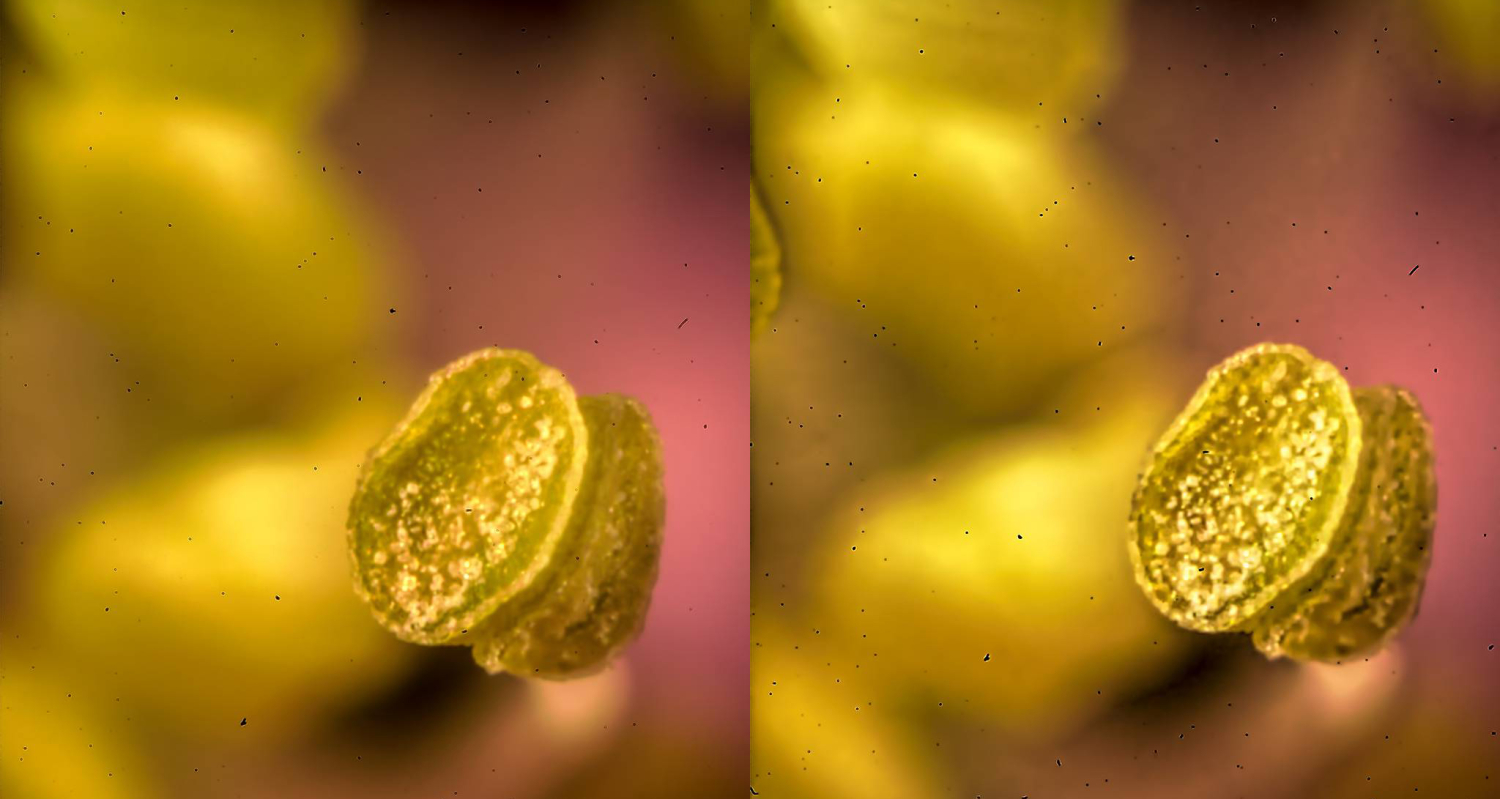
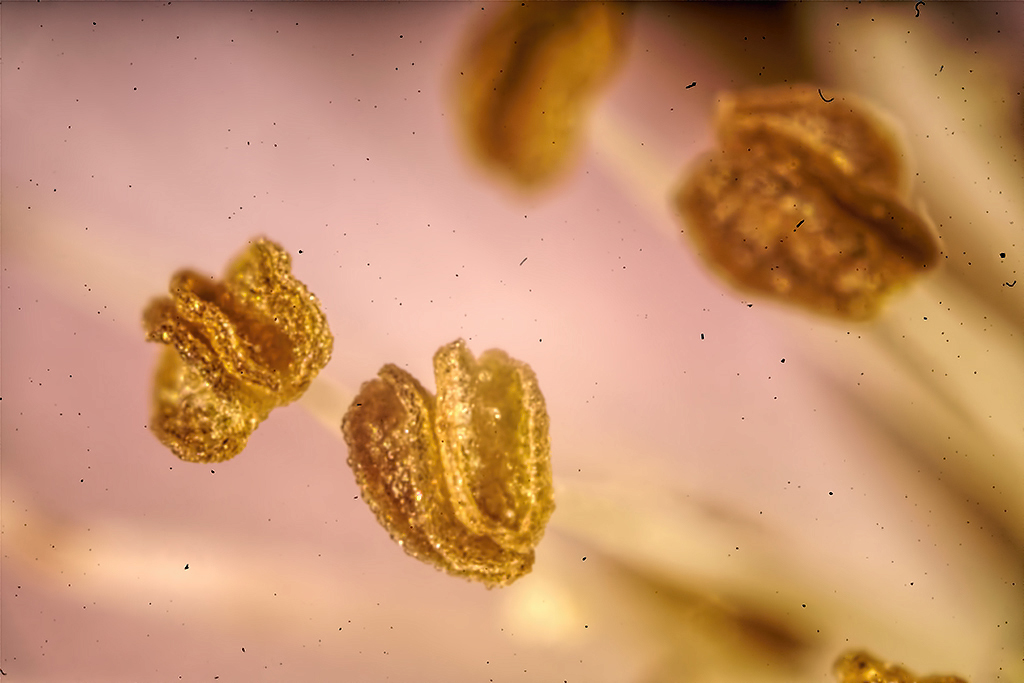
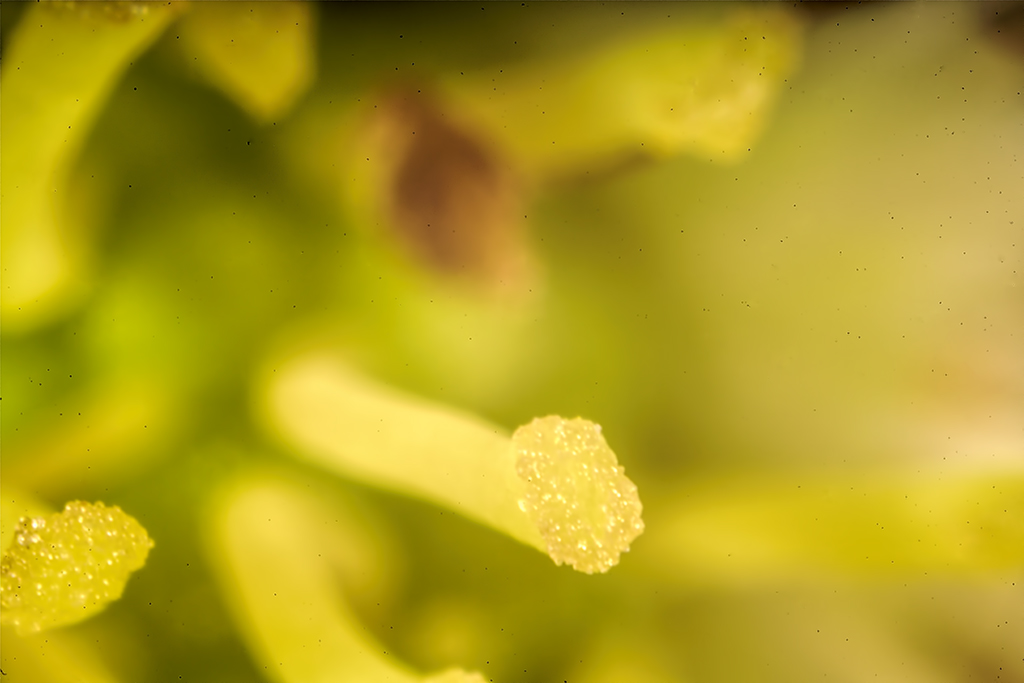
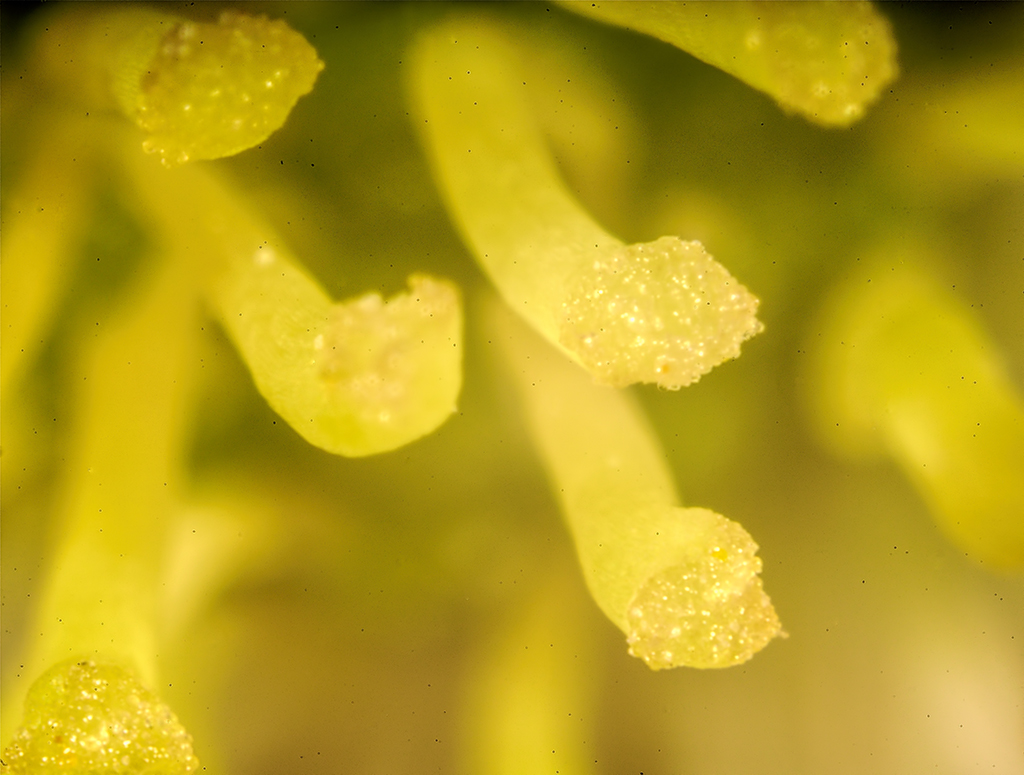

_________________
Dedicated to using manual focus lenses with digital. Equiped for photography from macro to panoramic & from ultra-wide to extreme telephoto. Mostly shooting outdoor macro. Experienced entomological taxonomist. Some knowledge of mushrooms. |
|
| Back to top |
|
 |
|
|
|
You cannot post new topics in this forum
You cannot reply to topics in this forum
You cannot edit your posts in this forum
You cannot delete your posts in this forum
You cannot vote in polls in this forum
|
